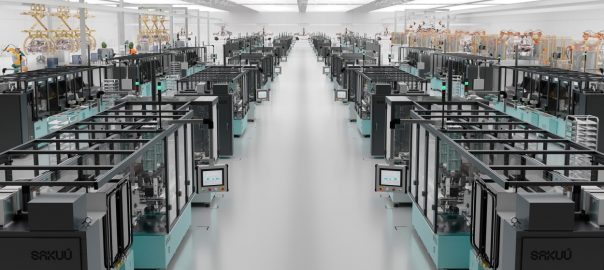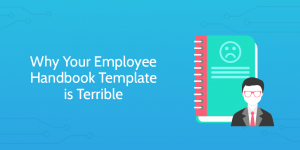Inside the Silicon Valley factory of a startup called Sakuu, a new type of 3D printer is reinventing how batteries are made. The technique, which prints using thin layers of powder, can change what the batteries look like—imagine an e-bike battery that curves to fit the frame of a bike, or a cellphone battery that’s shaped to fill every gap around the circuit board, making the phone last longer before it needs another charge. But 3D printing also enables what’s often called the holy grail of the industry: Solid-state batteries.
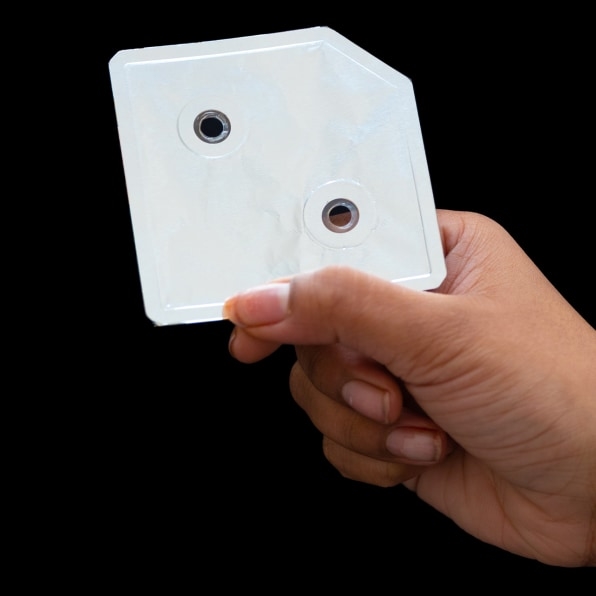
Current lithium-ion batteries, used in everything from electric vehicles to renewable energy storage, have challenges, including the fact that they can catch fire. They’re also still fairly expensive even though costs have dropped, and they’re hard to recycle. A “solid-state” battery that uses solid electrolytes, instead of the liquid inside batteries today, can eliminate the flammability problem, help the batteries work in freezing weather, add energy density, and make the batteries faster to charge, easier to recycle, and cut costs. But until now, they’ve been hard to manufacture.
“Many people have built cells in the lab, but they have not been able to scale,” says Sakuu CEO and founder Robert Bagheri. “Our vision started with that scalability in mind.”
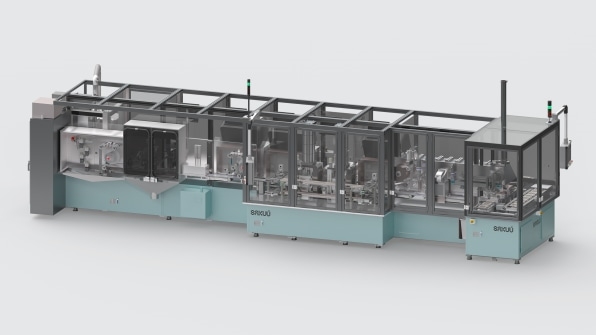
Battery manufacturing typically uses a “roll to roll” process with sheets of material that are stacked, laminated together, and rolled into cylinders or other shapes. But that process doesn’t work with solid materials, which are brittle and can crack. Using a 3D printer with powder makes it possible to keep the layers thin, which is needed for performance. The technology that the company uses was first developed at MIT.
Like other 3D printing, it also saves materials, since only the precise amount of that’s needed is used. “We’re able to use about 40% less material,” Bagheri says. “So that’s a huge cost reduction.” The equipment also takes less space, so future factories can be small. A new machine that sits in around 400 square feet will be able to produce around 100 megawatt hours of batteries in a year; older equipment takes up 16,000 square feet and can only produce 2.5 megawatt hours per year. That efficiency, and the fact that the process is also faster, cuts costs further. The startup claims that it can cut the cost of battery production nearly in half.
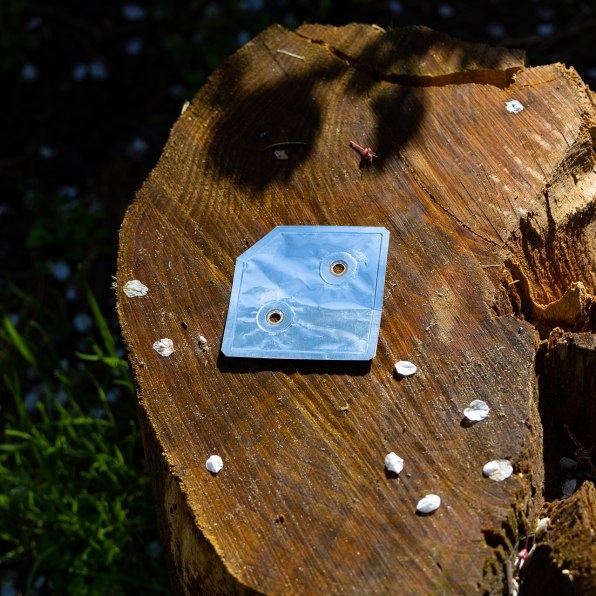
The batteries will last longer than current lithium-ion batteries, and when they wear out, they can also more easily be recycled, Bagheri says. They can charge to 80% capacity in only 15 minutes. And because they can be printed in any shape, other innovations are possible. The startup is currently working with an aviation customer who wants an airplane battery with two large holes to help manage heat, for example. “You could never build anything like this in a roll to roll process,” he says.
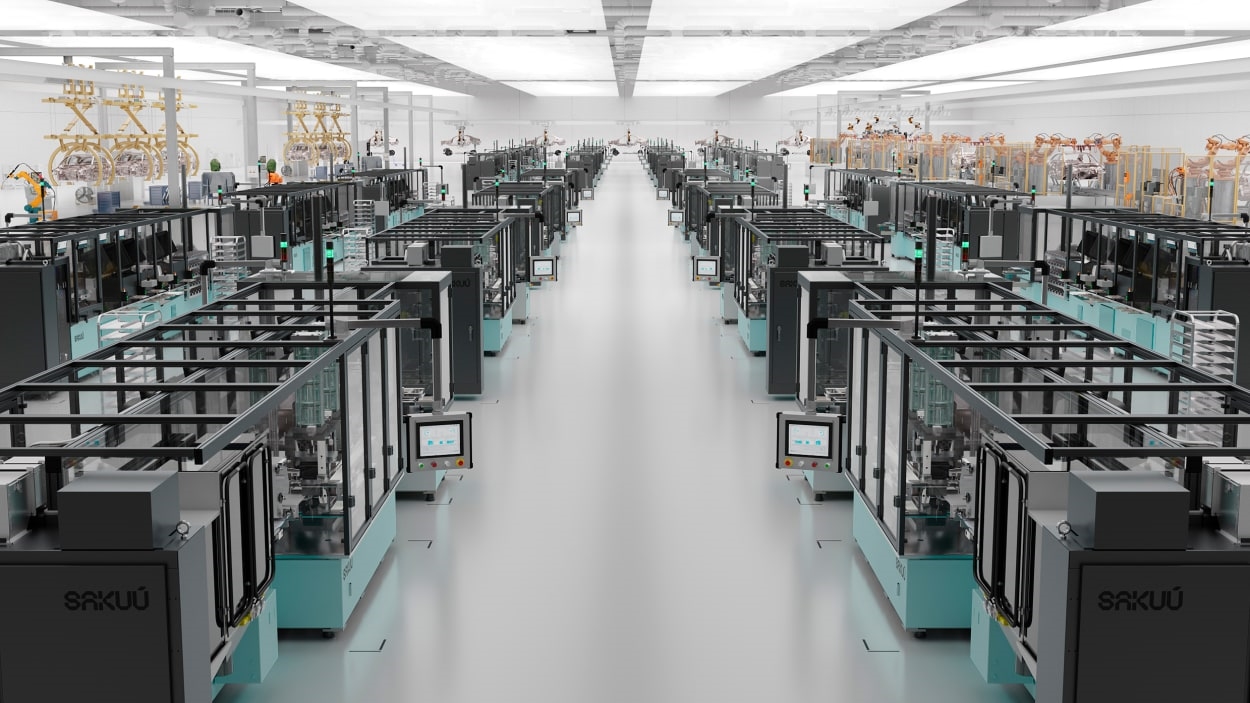
The company recently demonstrated the technology, using its 3D printers to make working batteries from multiple materials in custom shapes. It’s the first in the world, it says, to achieve this. The next step will involve scaling up the production equipment before the company begins licensing the tech to battery manufacturers, car companies, and other customers.
(5)
